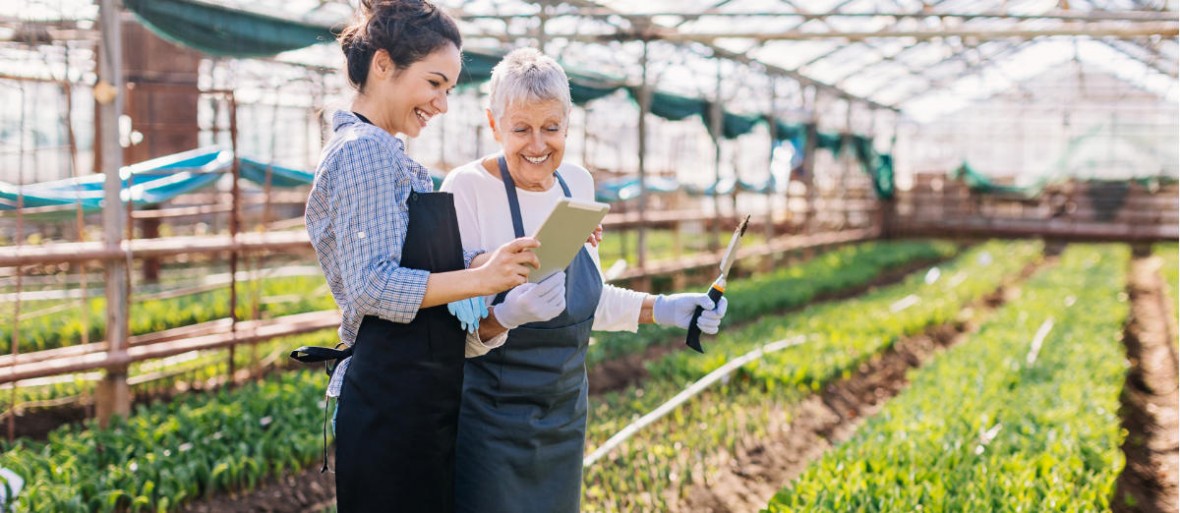As 2020 began, none of us could have imagined life as it is today. Face masks, social distancing, closures or limitations on public spaces, whether for work, education or pleasure. We’ve all spent more time at home; we’ve missed seeing our families, friends and colleagues and we have become Zoom super-users.
How we work and live has been fundamentally transformed, at least for the moment. The world has been on a steep learning curve, as we all adapt to living with COVID-19. This learning curve includes consumers and food retailers. What are consumers now looking for when they shop, and what makes them feel secure? Two interesting themes have arisen in 2020, which I would like to reflect on briefly:

A bit of security is worth its weight in gold. In the US, for example, the Centers for Disease Control and Prevention has concluded that the risk of contracting COVID-19 from eating or handling food and food packaging is very low. Still, this concern has turned the spot light on the food industry as stewards of extraordinary hygiene and safety.
According to a 2020 survey from the International Food Information Council, 67% of consumers say they feel confident in the safety of the US food supply. However, food handling and food preparation related to COVID-19 risks was the major food safety concern for 24% of respondents.
The same survey also found that shoppers with children under the age of 18 were more concerned about in-person shopping than those without young children. And 8 out of 10 consumers surveyed said their food habits, including eating, shopping and cleaning food, have changed since the pandemic began.
According to Jeff Brandenburg, president and primary consultant for the US-based JSB Group, until the pandemic started "there was a very strong push to minimize (food) packaging and move away from single-use materials to reusable or compostable and sustainable products. To a certain extent, that’s been put on hold in the light of COVID-19 and wanting to make sure things are clean and not contaminated. They’re willing to go back to single-use.
Industry experts have noted the same consumer patterns in Europe. According to Andrew Swift, CEO of Fera Science, "Firstly, we anticipate consumers will seek the safety assurance of the use of more primary and secondary packaging for food products to address concerns of transmission from consumer handling of fresh (unwrapped) products."

For many consumers, the ideal packaging would be both sustainable and guaranteed to protect food hygiene. Sustainability was a strong packaging trend before the pandemic. But as we all learn to live with COVID-19, consumers and retailers alike are thinking ‘sustainability’ again.
We at IFCO, strongly agree that consumers remain concerned about the environment. Those conversations that had a hard stop in March are resurfacing. So, how can safety be combined with sustainability?
A McKinsey analysis, from January 2020, noted the challenges and opportunities for sustainability across the supply chain. The authors present a three-tier approach to identify opportunities:
In what we all hope will soon be a post-pandemic world, for consumers and retailers alike, there remains an urgent need to pursue sustainable and safe packaging solutions, whether through taking "low-hanging fruit" or through developing systems level changes. Which leads me to a final thought: Could plastics be part of the solution? Find out how the food supply chain is already using recyclable plastics and materials as part of the solution to combine safety, optimal hygiene and sustainability.

Stay up to date
Want the latest fresh food packaging industry knowledge delivered straight to your inbox? Subscribe to our newsletter and get the latest news, trends, articles and more!
